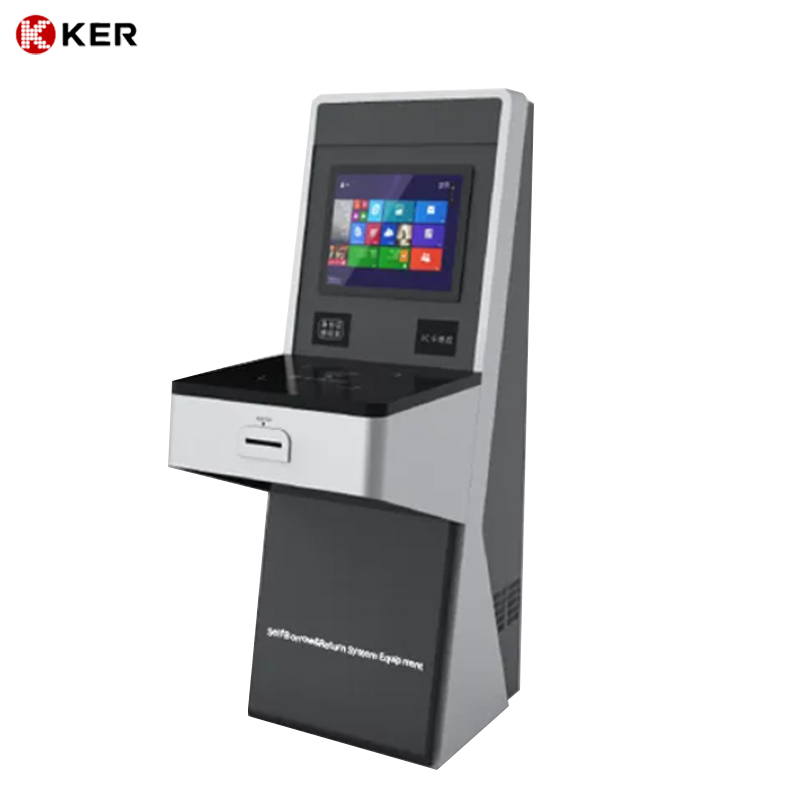RFID mode is to store book bar code information through RFID tag, connect with the database in real time according to the “borrowing”, “returning”, “query / Renewal” and other operations carried out by readers on the self-service borrowing and returning machine, modify the collection status information of corresponding books, and set RFID anti-theft detection door at the entrance and exit of the library.
Effectively improve the efficiency of readers’ query, reservation and borrowing and returning books, and save queuing time.Realize unattended, reduce labor costs and improve book circulation efficiency.
According to the successful experience of many national multimedia self-service terminals in the world, 7 million terminals in the United States, 5 million terminals in Japan, Russia’s more than 200,000 media self-service terminals have $ 23 billion. Based on China’s population base and rapid advancement of urban life digitalization, urban residents’ convenience is rapid, and the convenience self-service terminal industry has just started, market prospects and development potential are huge.
And the convenience of the convenience is the trend of urban life; the population of global large cities is intensive, some financial payment behaviors – such as water fees, electricity, gas fees, mobile phone bills, traffic travel, bus card recharge, transfer payment, etc. To pay a variety of units, some are the bank or postal savings as a paid window. However, the bank has limited business hours, and the workload is cumbersome, and the number of payments has caused a number of contributions, and the emergence of convenient self-service terminals has solved the problem of citizens’ contribution.
Post time: Mar-10-2023


